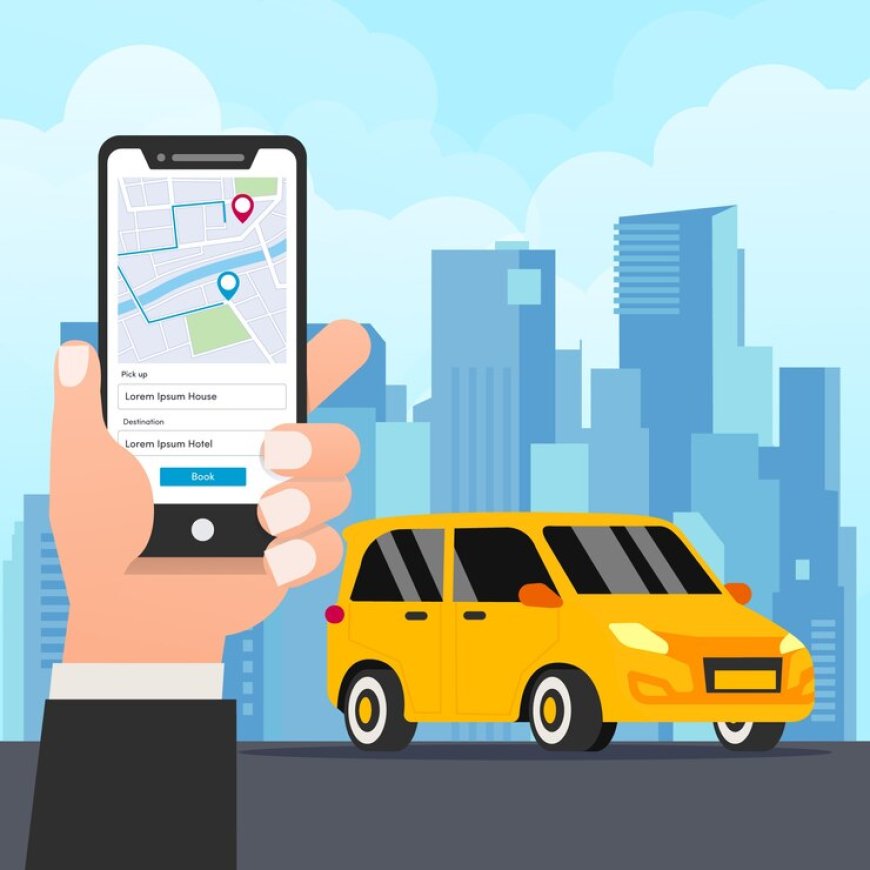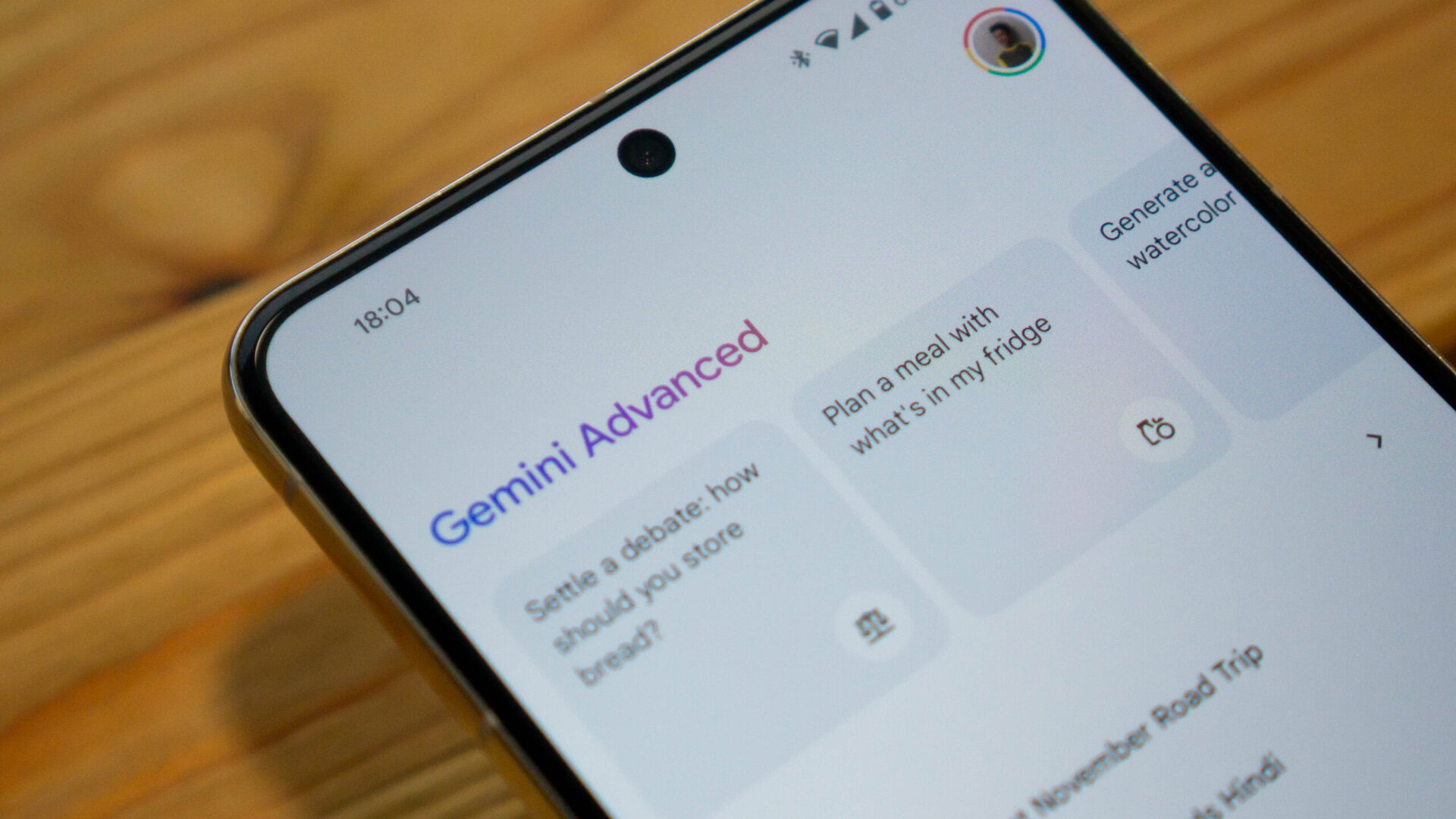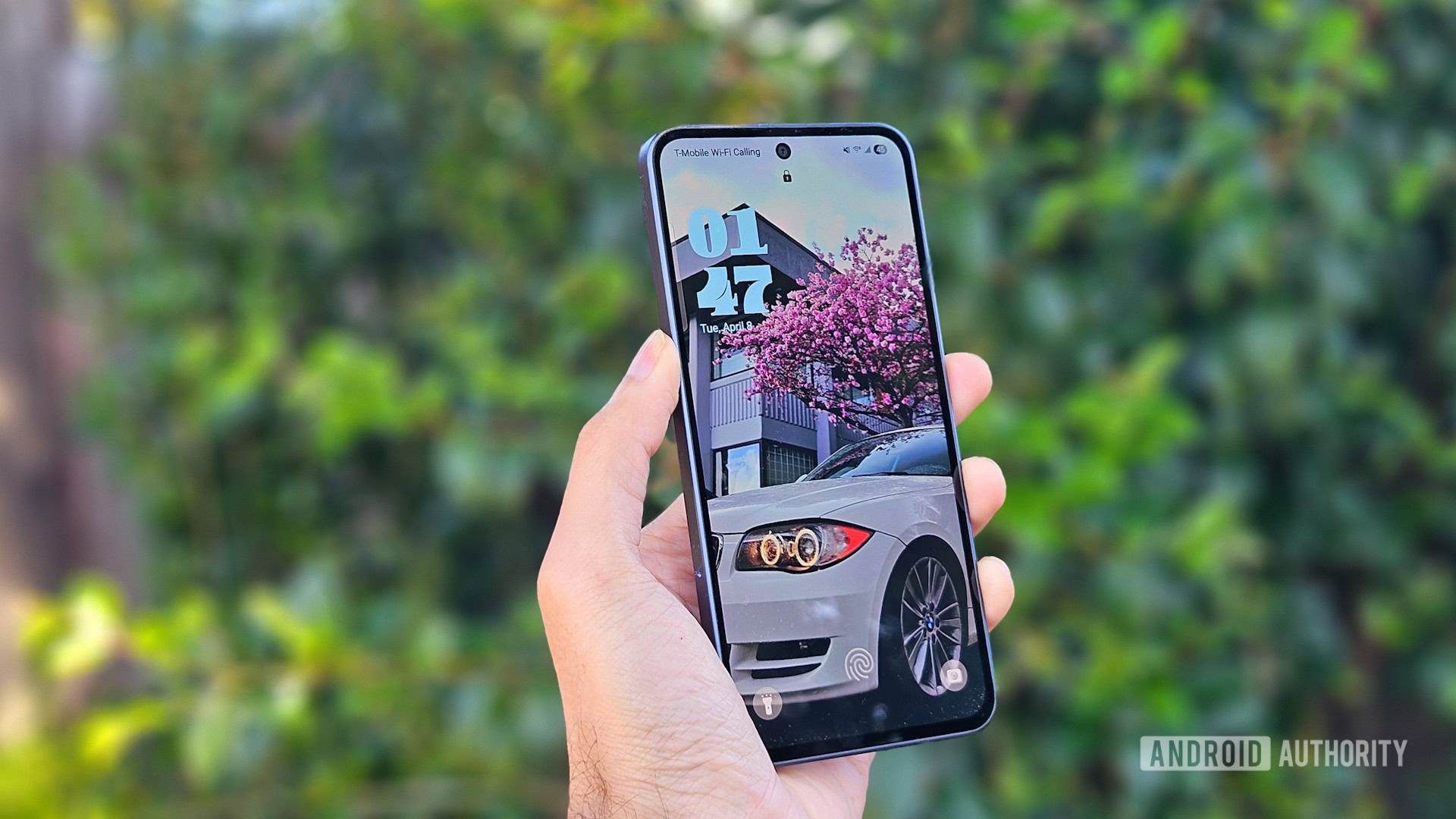The Impact of the Uber App on Local Economies: A Deep Dive
Discover how the Uber app is reshaping local economies with our in-depth analysis. Uncover the profound impact of the Uber app on communities worldwide.

The Uber app has revolutionized the transportation industry since its inception, transforming how people commute and interact with their surroundings. Its impact extends beyond just providing a ride-hailing service; it has significant implications for local economies. In this deep dive, we will explore how Uber affects various aspects of regional economies, including employment, local businesses, and overall economic activity.
Employment Opportunities and Challenges
Job Creation
One of the most apparent impacts of the Uber app on local economies is its contribution to job creation. Uber has generated thousands of gig economy jobs worldwide, providing flexible earning opportunities for drivers. Becoming an Uber driver has offered many individuals a new income stream, especially in regions with high unemployment rates or limited job opportunities. This flexibility allows drivers to work part-time or full-time, depending on their needs, making it an attractive option for a diverse workforce.
Impact on Traditional Employment
While Uber has created new job opportunities, it has also disrupted traditional employment models. The rise of the gig economy has led to a decline in conventional full-time jobs with benefits, such as healthcare and retirement plans. Many drivers operate as independent contractors rather than employees, which means they lack access to employer-provided benefits. This shift has sparked debate about workers' rights and the need for updated labor laws to address the changing nature of work in the gig economy.
Influence on Local Businesses
Increased Customer Flow
Uber has positively impacted local businesses by increasing customer flow. Restaurants, bars, and retail shops benefit from the ease of transportation provided by Uber, which encourages people to visit establishments they might otherwise avoid due to transportation issues. For example, food delivery services have seen a boost in orders as customers use Uber Eats to get their meals delivered conveniently. This increased foot traffic and delivery demand can significantly boost local business revenue.
Competition and Market Disruption
On the flip side, Uber's presence has also introduced significant competition for traditional taxi services and other local transportation providers. The convenience and often lower costs associated with Uber rides have led to a decline in business for established taxi companies. Some local transportation providers have struggled to compete, which can lead to market disruption and affect the livelihoods of those reliant on traditional taxi services.
Economic Activity and Consumer Spending
Increased Economic Activity
Uber's impact on local economies extends to overall economic activity. By providing an efficient and affordable transportation option, Uber encourages people to spend more time and money in their communities. Whether it's dining out, shopping, or attending local events, the availability of reliable transportation options can lead to increased consumer spending and stimulate local economic growth. Additionally, Uber's platform facilitates seamless transactions, contributing to a more dynamic and fluid local economy.
Effects on Property Values
The presence of Uber and similar ride-hailing services can also influence property values in local areas. In neighborhoods where access to transportation is limited, the availability of convenient ride-hailing options can make areas more attractive to potential residents. This increased accessibility can lead to higher demand for housing, which may drive up property values. Conversely, areas with high levels of traffic congestion due to ride-hailing services may experience different impacts on property values.
Urban Development and Infrastructure
Improved Urban Mobility
Uber's influence on urban mobility cannot be understated. By providing an alternative to personal car ownership and traditional public transportation, Uber has contributed to more efficient urban mobility. This can help reduce the reliance on personal vehicles, leading to decreased traffic congestion and lower parking demand. Improved mobility can enhance the overall quality of life in urban areas, making them more accessible and attractive to residents and businesses alike.
Infrastructure Strain
However, the increased use of ride-hailing services can also put a strain on local infrastructure. The rise in the number of vehicles on the road can lead to traffic congestion and increased wear and tear on roads. Local governments may need to invest in infrastructure improvements to accommodate the increased demand. Additionally, managing ride-hailing services' impact on traffic patterns and parking availability is an ongoing challenge for urban planners.
Social and Community Impacts
Enhanced Social Connectivity
Uber has enhanced social connectivity by making it easier for people to visit friends, family, and social events. The convenience of ride-hailing services allows individuals to engage in social activities more frequently and with greater ease. This increased social connectivity can strengthen community bonds and contribute to a more vibrant and engaged local community.
Safety and Accessibility
Ride-hailing services have also contributed to improved safety and accessibility for various populations. For individuals who may have difficulty using public transportation or who live in areas with limited transit options, Uber provides a reliable alternative. Additionally, Uber's safety features, such as in-app tracking and driver ratings, offer added security for passengers, which can be particularly important for women and other vulnerable groups.
Conclusion
The Uber app has profoundly impacted local economies by creating job opportunities, boosting local businesses, and enhancing economic activity. This influence extends beyond traditional transportation services, affecting various facets of urban development. An on-demand app development company can facilitate similar positive impacts through innovative ride-hailing solutions.
However, alongside these benefits, challenges such as market disruption for conventional services and increased strain on local infrastructure must be addressed. As Uber and other on-demand platforms continue to evolve, balancing these benefits with the challenges will be crucial for maximizing their positive impact on local economies.
What's Your Reaction?
 Like
0
Like
0
 Dislike
0
Dislike
0
 Love
0
Love
0
 Funny
0
Funny
0
 Angry
0
Angry
0
 Sad
0
Sad
0
 Wow
0
Wow
0


















































